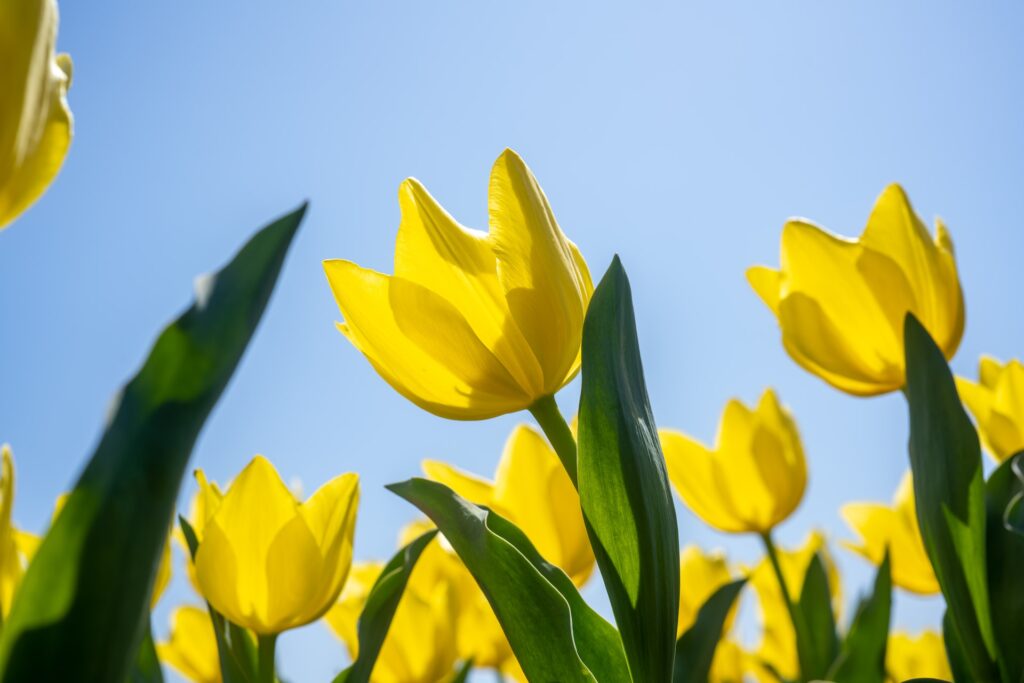A celestial event that marks the transition from winter to spring in the Northern Hemisphere, the Spring Equinox captures the essence of rebirth and rejuvenation. Free from the winter’s icy grip, and heralding the arrival of blooms, this event has been revered by cultures around the world for thousands of years and remains an enduring symbol of hope, growth, and transformation.
The Science behind the Spring Equinox
The Earth, bounded by the gravitational field of the Sun, takes approximately 365.25 days to complete one revolution around it, which is the length of a year. The orbital motion is elliptical, with the Sun located at one of the foci of the elliptical path traversed.
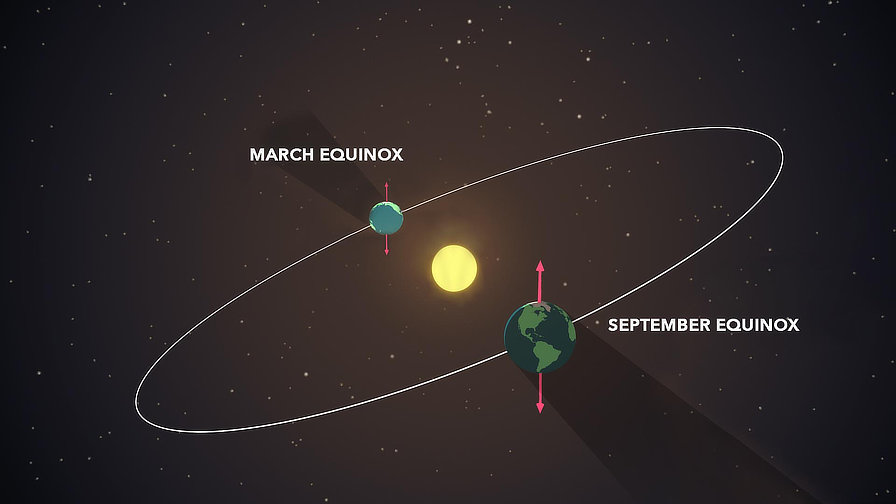
Earth’s axis is also tilted at 23.5 degrees relative to the plane of the solar system, thereby causing the seasonal changes that we experience here on the planet. Due to this tilt, different regions of the Earth receive varying amounts of sunlight. In other words, the sun’s rays fall unevenly on the northern and southern hemispheres as the Earth orbits it.
The Spring Equinox (and also the Autumn Equinox) has a temporal-spatial significance in terms of the Earth’s position and motion in space. This is the time of the year when the plane of the Earth’s equator passes through the center of the sun – which means that at the time of the equinox, the tilt of the Earth’s axis is neither inclined towards nor away from the sun.
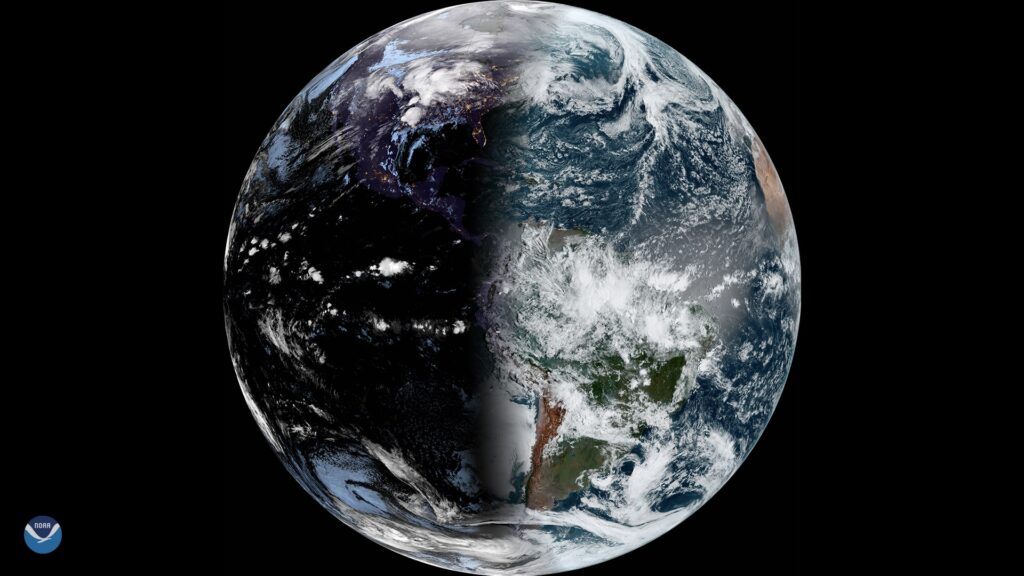
The onset of spring in the northern hemisphere
At the moment of equinox, the sun is directly overhead at the equator, and both hemispheres receive approximately the same amount of sunlight, causing the length of the day and night to be roughly equal.
This marks the beginning of spring in the northern hemisphere and autumn in the southern. The spring equinox also commences longer days and shorter nights in the northern hemisphere as the tilt of the Earth’s axis starts to incline towards the sun.
The gradual increase in sunlight and warmth set off an array of changes in the natural world. As the winter fades away, nature undergoes a dramatic transformation, with a flurry of activity and energy that pleases and soothes one’s soul.
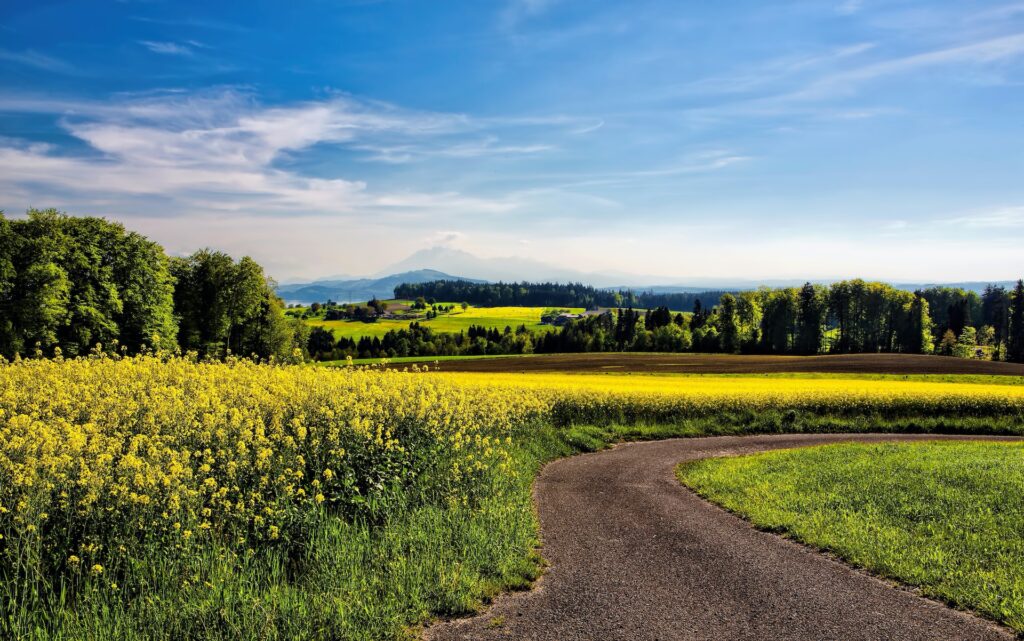
The quiescent trees and shrubs burst into bloom, coating the landscape with vibrant hues of pink, red, yellow, and other colors. The air brims with the sweet scent of blossoms, the buzzing of bees, and the fluttering of butterflies. The songs of returning birds echo through the natural habitats as if they really want us to comprehend their moments of bliss and rejoicings.
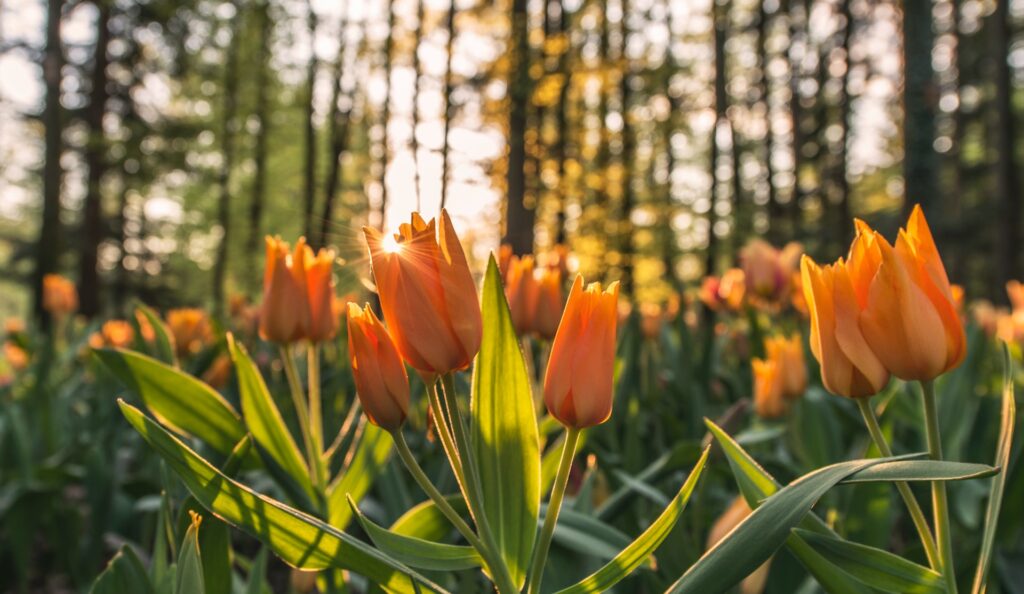
The rivers and streams that got frozen during the winters start coming to life – the water flows freely, independent of the shackles of the stiff ice forms. The Earth itself awakens from its extensive slumber, with the soil brimming with life as new buds emerge from the ground.
Traditions around the globe during the Spring Equinox
The spring equinox is seen as a symbol of rebirth, balance, harmony, and the cyclical nature of life, and is celebrated with rituals, ceremonies, or festivals underlying those themes.
Holi
Holi, also known as the “Festival of Colors”, is celebrated in India on the next day of the full moon night in the Hindu month of ‘Phalguna’ which falls around the time of the spring equinox.
On the full moon night, people light massive bonfires and gather around it to celebrate the festival. It is a symbol of the triumph of good over evil. Known as ‘Holika Dahan’, it celebrates the legend of Holika and Prahalad. Holika was given a boon that fire cannot destroy her. In order to kill her innocent nephew Prahalad, she sat with him on the bonfire. However, she was blazed to death and Prahalad survived.
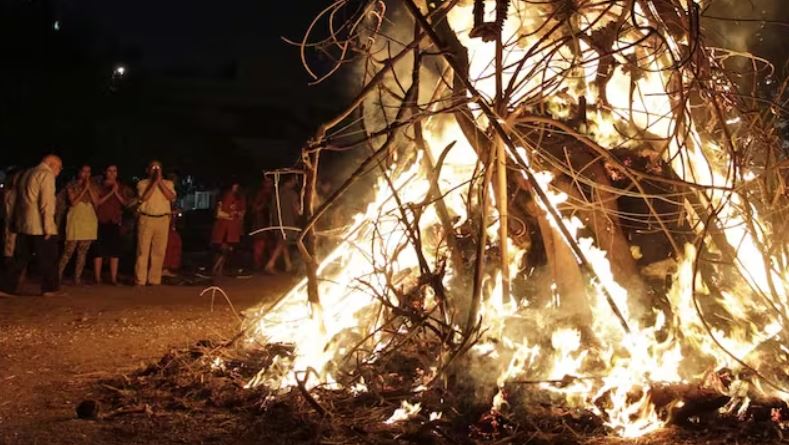
The following day, starting early morning, people throw brightly colored powders and water at each other, friends and strangers alike, symbolizing the arrival of the colorful spring. This festival is associated with the god Krishna and his love for Radha, who would playfully throw colors at each other.
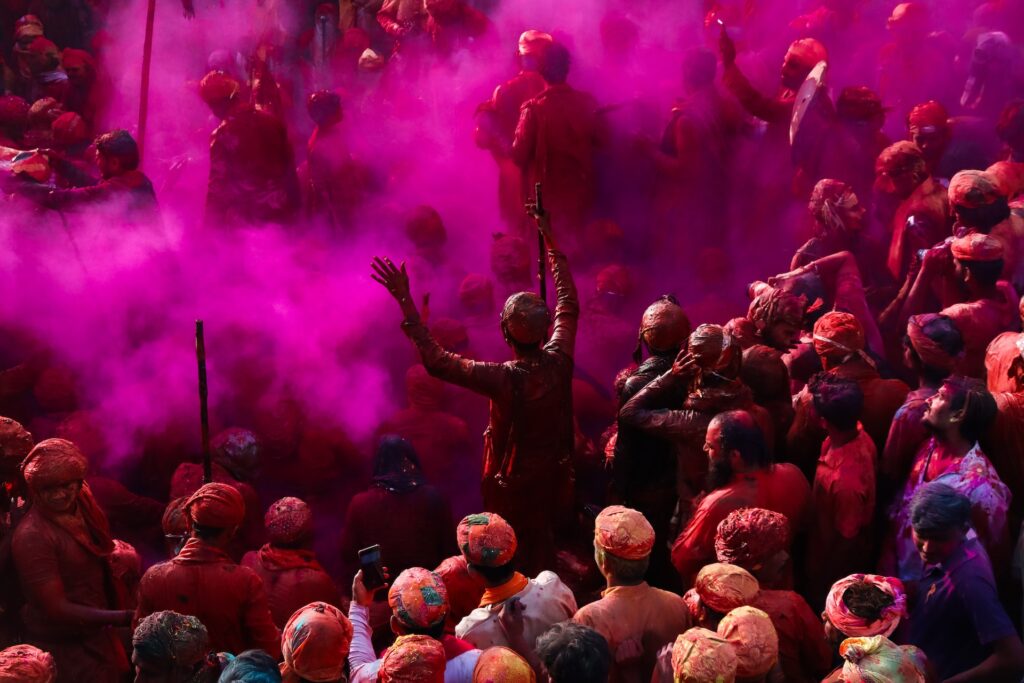
Holi also has cultural and spiritual significance in India. People forget it to symbolize forgiveness, unity, and love for each other. Putting aside their differences and coming together to celebrate the joy of life makes this festival unique among the people of India.
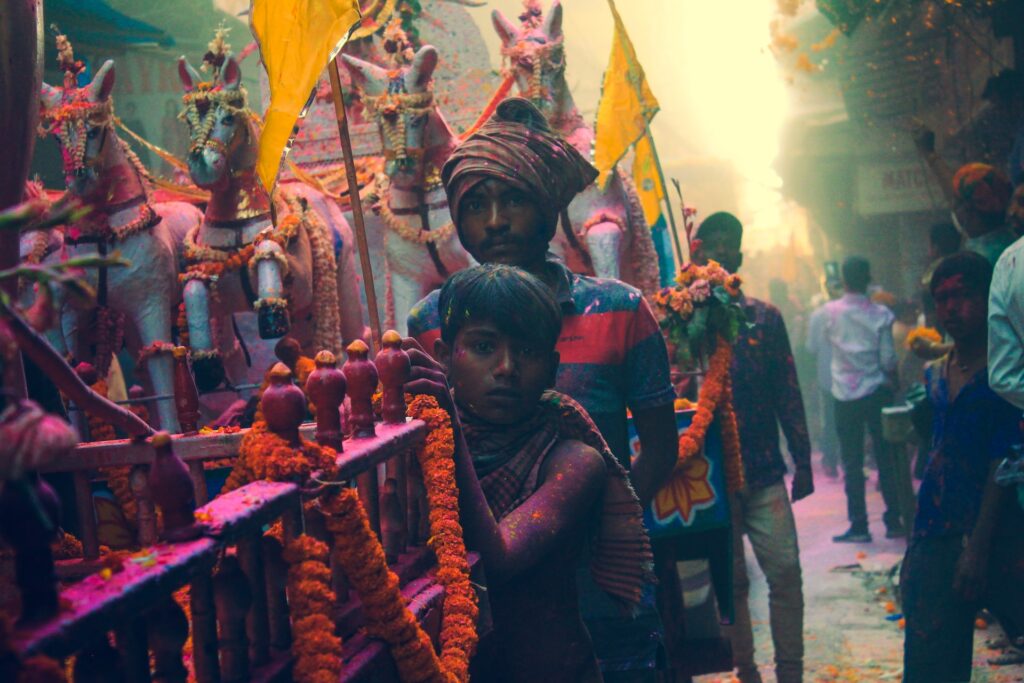
The festival of Holi has gained immense popularity over the years and is now celebrated around the world, including places in the United States, the United Kingdom, Canada, the Netherlands, Australia, France, and many other countries.
The Persian New Year
Also known as Nowruz, or Norouz, the Persian New Year is a festival that celebrates the beginning of spring and the new year in the Persian calendar. The word ‘Nowruz’ means “new day” and is celebrated in Iran, Central Asia, and other regions of the world where Persian culture has had an influence.
The celebration lasts for 13 days and has its roots in the ancient religion of Zoroastrianism. People start cleaning and decluttering their houses, symbolizing the arrival of a fresh season. They utilize this festival for reconnecting with their loved ones and exchanging gifts and greetings.
A traditional feature of Nowruz celebrations is the “haft-seen” table – a collection of items and foods representing positive wishes comprising fertility, freshness, radiance, and abundance for the new year.
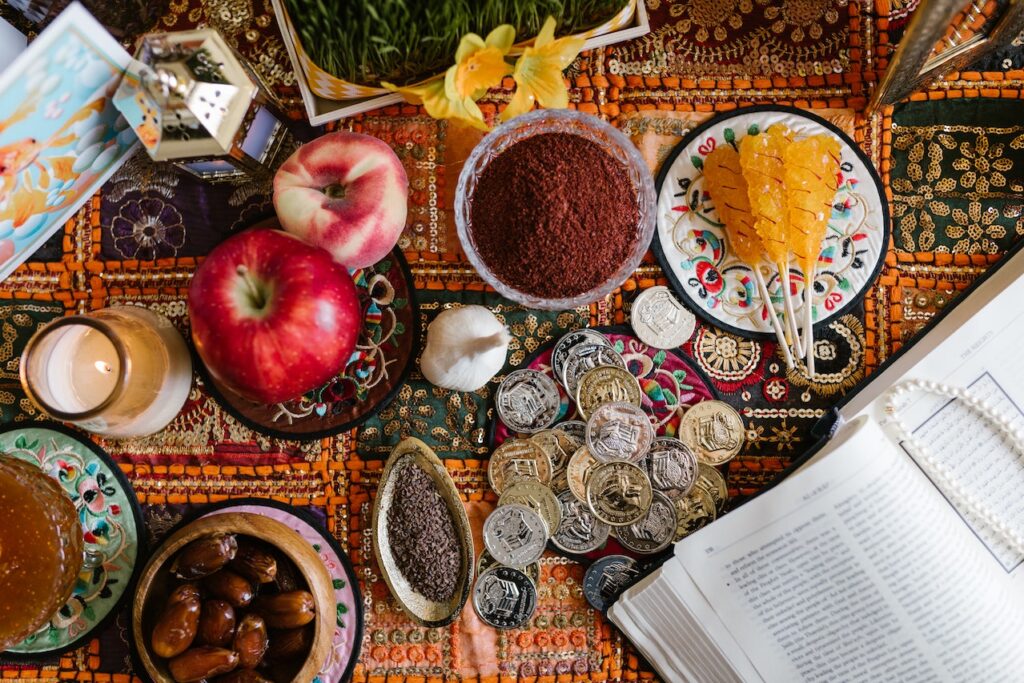
These items include sabzeh (wheat or lentil sprouts), samanu (sweet pudding), senjed (dried fruit), seer (garlic), sib (apple), sumac (red berry), and serkeh (vinegar).
On the last Wednesday evening of the year, people celebrate “Chaharshanbeh Soori” which involves lighting bonfires and jumping over them to symbolize purification and the burning away of negative energy.
Ostara
Ostara is the modern pagan festival celebrating the arrival of spring and the balance between light and dark as it happens during the spring equinox. It is one of the eight festivals that constitute the “Wheel of the Year”.
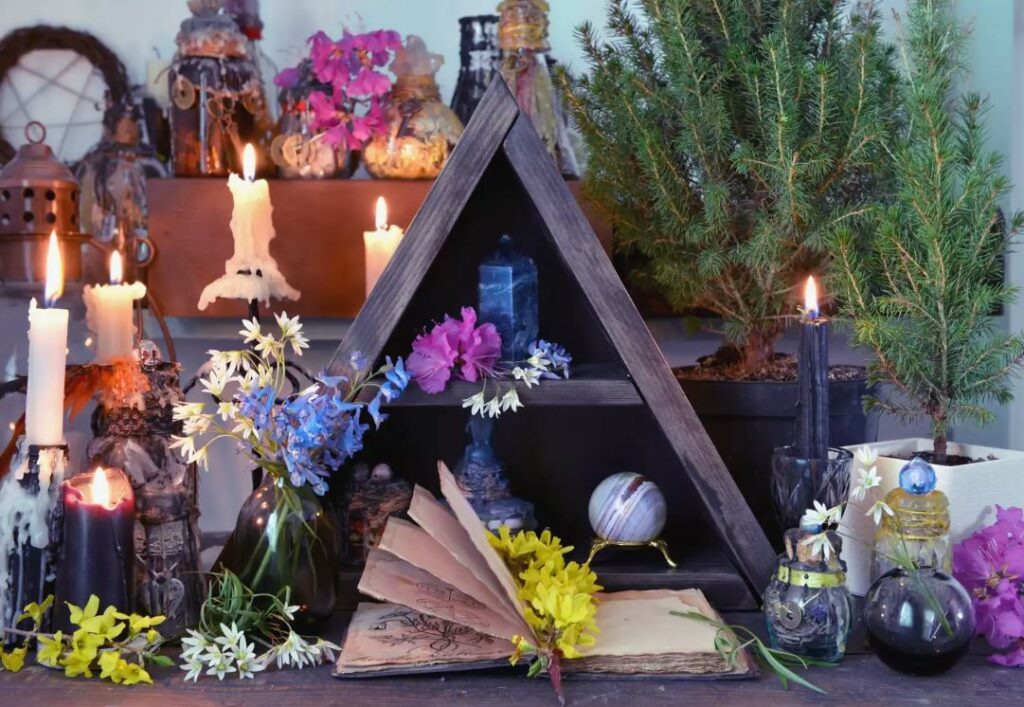
The name ‘Ostara’ is believed to be derived from the Germanic and Celtic goddess ‘Eostre’, who was associated with spring, fertility, and the rising sun. Her name means East, from where the sun rises.
The goddess personifies the fertile energy of the spring season and the two main symbols are – eggs and rabbits. Rabbits and hares can reproduce at an exponential rate and eggs are the literal symbol of fertility.
People celebrate Ostara to honor and give thanks to the Earth and its cycles, and to reconnect with nature amidst the green grass and new leaves after the long period of winter.
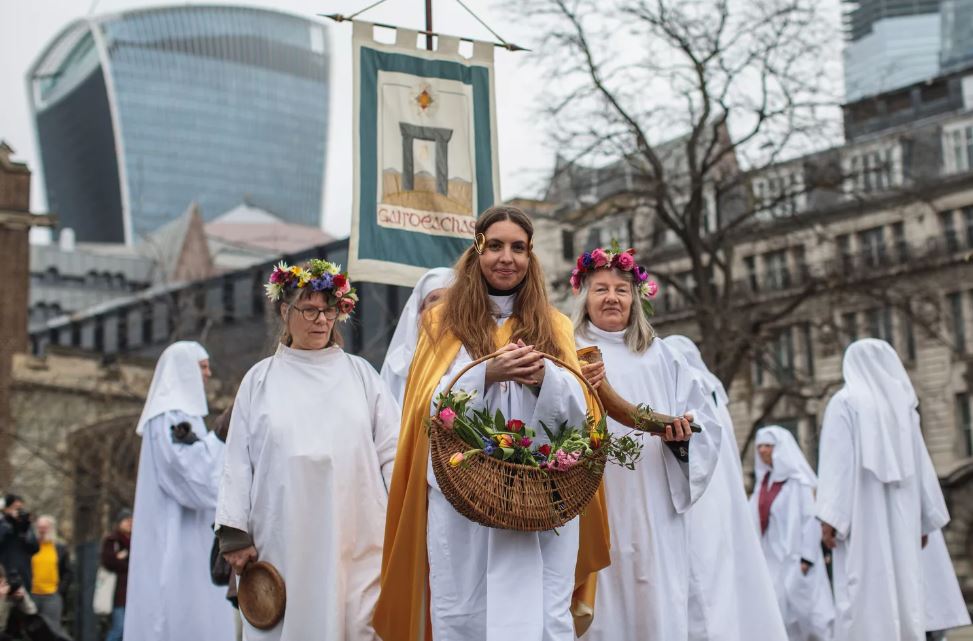
They start planting seeds or start a garden attracting pollinators such as bees, butterflies, and hummingbirds. They also perform cleaning their houses and remove dust. It is the time of feastings as well with foods such as eggs, honey, dandelion tea, fresh fruits, and vegetables.
Fiesta de las Flores
In Mexico, Spring Equinox is celebrated s the Festival of Flowers or “Fiesta de las Flores”. This ancient tradition honors the arrival of spring and the renewal of life in the natural world.
One of the most popular celebrations takes place at the pyramid of Chichen Itza, an ancient Mayan city located in the Yucatan Peninsula. People gather in huge numbers at the pyramid to witness the equinox as it aligns with the sun, casting a shadow that appears to resemble a serpent descending down the side of the pyramid. This is believed to be a representation of the Mayan god Kukulkan, who was associated with both snakes and the sun.

The Fiesta de las Flores also includes a number of other activities, such as music and dance performances, traditional feasts, and coming up with floral decorations. Many people also visit local temples to offer prayers and gratitude for the arrival of spring. It is a reminder of the importance of honoring and respecting the cycles of nature, and of the beauty and wonder that can be found in the arrival of each new season.

Concluding thoughts
The Spring Equinox is a powerful symbol of hope and light after the darkness of winter. Signifying the triumph of life over death, an advancement over stagnation, and growth over decay, it is a celestial phenomenon that reminds us that even in the darkest of moments, there is always the promise of a new beginning, a way to start afresh and embrace the elegance of life. The Spring Equinox is a beacon of hope that glows brightly in the darkness, propelling us towards a better tomorrow and a new dawn of a warmer sun.
“I wandered lonely as a cloud
– William Wordsworth
That floats on high o’er vales and hills,
When all at once I saw a crowd,
A host, of golden daffodils;
Beside the lake, beneath the trees,
Fluttering and dancing in the breeze.”

